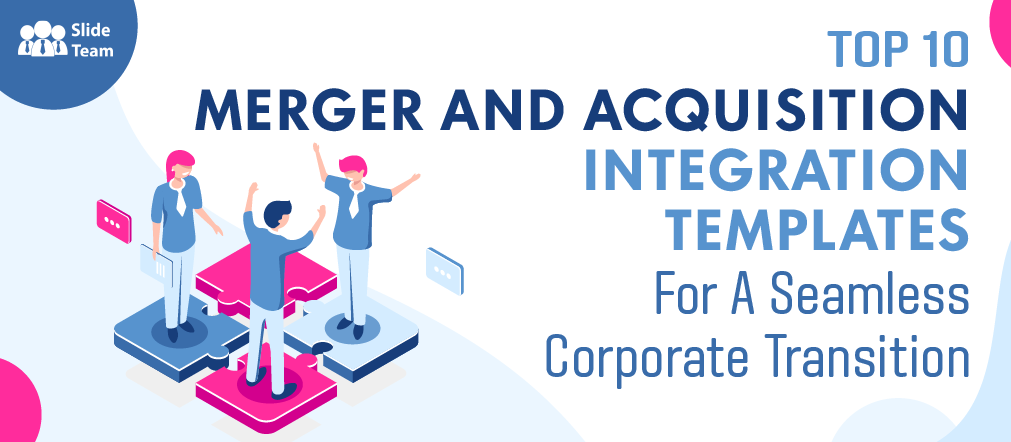Mergers and acquisitions (M&A) bring about significant changes for the companies involved. While the initial deal may be celebrated, the true challenge lies in the post-merger integration (PMI) phase. This crucial period determines whether the merger will fulfill its intended objectives or fall short. In this article, we explore common post-merger integration challenges, offer valuable insights, and provide strategies to ensure a seamless transition.
Understanding Post-Merger Integration
What Is Post-Merger Integration?
Post-merger integration is the process of combining two companies after a merger or acquisition. This involves merging operations, aligning strategies, integrating systems, and unifying cultures to create a cohesive and efficient organization.
Why Is PMI Important?
The success of a merger heavily depends on the effectiveness of the PMI process. A well-executed integration can lead to cost savings, increased market share, and enhanced operational efficiency. Conversely, poor integration can result in cultural clashes, operational disruptions, and loss of key talent.
Common Challenges in Post-Merger Integration
1. Cultural Integration
Merging different organizational cultures is often one of the most challenging aspects of PMI. Cultural clashes can lead to employee resistance, decreased morale, and productivity issues. Companies must address cultural differences early and work towards creating a unified culture that respects diversity and fosters collaboration.
2. Communication Issues
Clear and consistent communication is vital during the integration process. Without effective communication, employees may feel uncertain and anxious about their roles and future in the new organization. Regular updates, open forums, and transparent communication channels are essential to keep everyone informed and engaged.
3. IT System Integration
Integrating different IT systems and technologies can be technically complex and costly. Ensuring that systems are compatible and that data migration is smooth is crucial to maintaining business continuity. A thorough assessment of existing systems and a detailed integration plan are necessary to overcome these challenges.
4. Talent Retention
Retaining key talent is critical during the PMI phase. Uncertainty about the future can lead to employee turnover, which can disrupt operations and negatively impact morale. Identifying and engaging key employees, offering retention bonuses, and providing clear career development opportunities can help retain top talent.
5. Operational Alignment
Aligning operational processes and workflows between merging companies can be time-consuming and complex. Companies must identify best practices from both organizations and develop standardized processes that enhance efficiency and productivity.
Strategies for Overcoming Post-Merger Integration Challenges
1. Develop a Comprehensive Integration Plan
A detailed integration plan is the foundation of a successful PMI process. This plan should outline key objectives, timelines, responsibilities, and milestones. It should also address potential risks and challenges, along with strategies to mitigate them.
2. Focus on Cultural Integration
Conduct cultural assessments to understand the cultural differences between the merging companies. Involve employees in the integration process, promote open communication, and create opportunities for team-building and collaboration. Developing a unified culture that values diversity and inclusivity is essential for long-term success.
3. Enhance Communication
Develop a robust communication strategy that includes regular updates, town hall meetings, and feedback mechanisms. Ensure that communication is two-way, allowing employees to voice their concerns and suggestions. Transparency and honesty in communication can build trust and reduce uncertainties.
4. Invest in IT Integration
Conduct a thorough assessment of existing IT systems and identify the best solutions for integration. Allocate sufficient resources to ensure a smooth transition and minimize disruptions. Regularly monitor the progress and address any technical issues promptly.
5. Prioritize Talent Retention
Identify key talent early in the process and develop retention strategies such as offering competitive compensation packages, career development opportunities, and clear communication about their roles in the new organization. Engaging employees and recognizing their contributions can boost morale and retention.
6. Align Operational Processes
Identify best practices from both organizations and develop standardized processes that enhance efficiency and productivity. Involve employees in the process design to ensure buy-in and smooth implementation. Regularly review and adjust processes to address any issues and improve performance.
Conclusion
Post-merger integration is a critical phase that requires meticulous planning, effective communication, and a focus on cultural and operational alignment. By understanding and addressing common challenges, companies can achieve a successful integration and realize the full potential of their merger.
